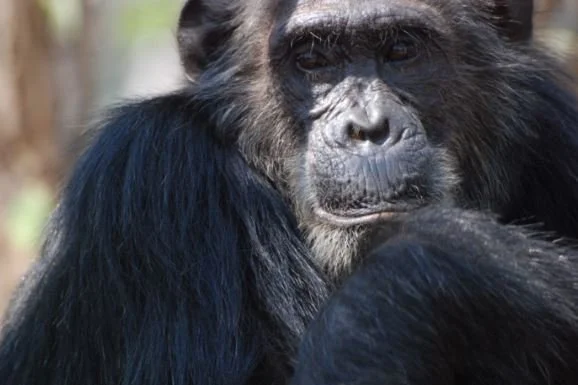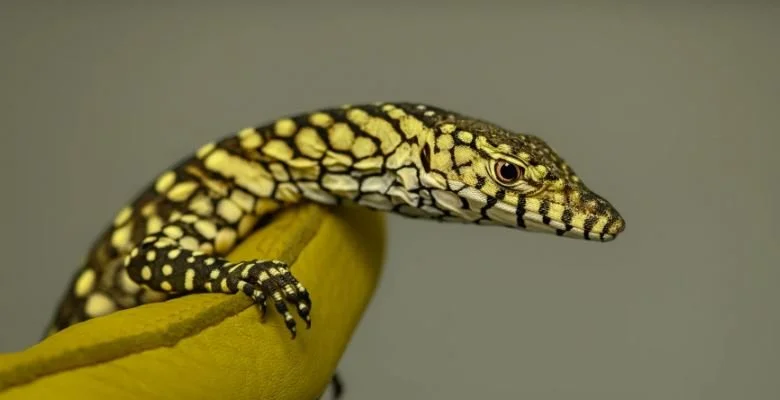Hellbenders Eat Their Young to Survive
The eastern hellbender, the largest salamander in North America, faces various threats to its existence. One threat turns out to be the eastern hellbender itself, as researchers have observed an increase in cannibalism in the species.
Under normal conditions, the male hellbender is the primary caregiver. In the fall females lay their eggs then leave; the males fertilize the eggs externally, then hang around for months, fending off predators until the eggs hatch. But in lean times a male will scarf down broods if their survival chances are dicey. This adaptation helps the species preserve energy to boost the odds of future hatchlings.
The researchers found that dads ate their entire spawn 14 percent of the time, even under normal conditions, but that filial cannibalism shot up by more than three times as often in places where nearby trees had been cut down. Deforestation then, could be to blame for the rise in baby-eating.
Other threats – habitat loss, disease, poaching, climate change – are also possible drivers of the behavior, but loss of forest cover is believed to be the big one. Another possible driver: pollutants in the water are changing water chemistry and altering the behaviors of these otherwise good dads. (Makes us wonder what water chemistry is doing to human behaviors…)
The eastern hellbender (Cryptobranchus alleganiensis alleganiensis) can grow to be 2-feet-long. It once thrived across 15 states, from Mississippi to New York, but the creatures are now confined to the cold, rocky rivers of southwestern Virginia. It is currently designated as “near threatened” by the IUCN.
Photo credit: Andrew Hoffman / Virginia Department of Wildlife Resources
Photo credit: Brian Case / New York Times








